How Oregonians Get, and Share, News & Information
Since 2018, the Agora Journalism Center and students from the University of Oregon’s School of Journalism and Communication have partnered with communities across the state to understand how residents access, trust, and share information. Through community surveys and listening sessions, we’ve worked alongside local newsrooms, libraries, and civic organizations to understand how Oregonians get and share news.
These community-centered projects combine surveys and conversations that help reveal how people find local news and how trust can be rebuilt.
What We’ve Learned
Across the community assessments we’ve conducted so far, a set of common themes emerged:
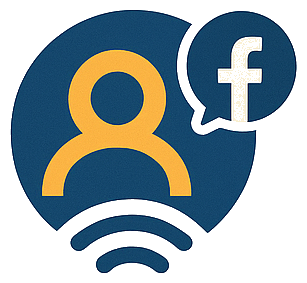
Social media and peer networks dominate but divide: Across communities, residents report that information flows fastest through Facebook groups and word of mouth, even as accuracy varies. Private Facebook groups and SMS text chains are often the first stop for “what just happened” items, which shows both a strong sense of community and the difficulty of knowing what information is accurate.

Local outlets are valued, but capacity limits consistency and breadth: Residents appreciate the role of legacy or independent local news outlets and many want them to succeed; yet, they describe thin staffing and a limited number of timely updates. In several communities, participants noted the lack of a single, trusted platform where they could reliably find updates on events, how local decisions are being made, and opportunities to get involved. In others, respondents asked for stronger coordination among institutions to reduce duplication and fill gaps.
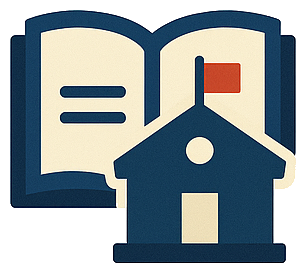
Libraries and schools are reliable community spaces: Libraries consistently emerge as key hubs for reliable information, community connection, and inclusive participation, though many are under-resourced to sustain engagement. Schools are also key channels to reach families and younger audiences. In many of our community collaborations, our library partners were central to survey design and distribution as well as in-person engagement. Connecting with high schools and other educational institutions was crucial in elevating youth perspectives and platform preferences.
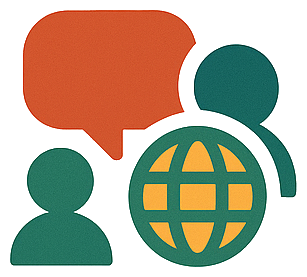
Language access and representation remain critical: Where linguistic and cultural diversity is high, residents ask for bilingual resources, short video explainers, and platform-specific content that meets them where they are. Our findings in Salem emphasize Spanish-language materials, youth-friendly formats, and partnerships that turn information into participation. Hermiston participants pointed to the value of expanded Spanish content in city and community communications.

Third places and offline touchpoints still matter: Even as digital channels dominate, residents point to meeting rooms, cafés, grocery stores, churches, and bulletin boards as steady spaces for sharing timely, local information. This mix of high-tech, low-tech, and no-tech is not a fallback. It is a feature of a healthy ecosystem that includes print flyers, community boards, and in-person listening.
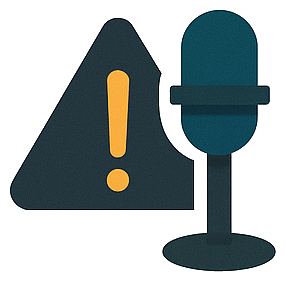
Emergency and public-safety information exposes systemic fragmentation: Rogue Valley residents report that emergency alerts and hazard updates are inconsistent and scattered across channels, prompting people to turn to social media during crises. The Almeda Fire case underscores the need for a reliable communication system that can reach everyone quickly in an emergency.
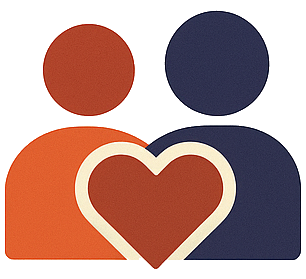
People want connection, not just content: Across sites, participants ask for reporting that is rooted in daily realities, transparent about process, and focused on solving shared problems. Many expressed fatigue with one-way reporting that doesn’t reflect or benefit the community. Rogue Valley and Florence respondents, in particular, expressed an appetite for coordinated, solutions-focused collaboration among media, city offices, and nonprofits. Publishing and making community events accessible are a must for bringing communities together.
How We Work
Each assessment follows a collaborative process that combines journalism, community organizing, and local dialogue.
- Local Partnership: Collaborations with libraries, newsrooms, nonprofits, and city offices to co-design the assessment survey.
- Surveys and Listening Sessions: Custom surveys and in-person guided conversations capturing community perspectives and lived experiences.
- Student Engagement: Journalism students learn skills such as active listening, conversation facilitation, and the ability to identify how information moves through the community.
- Shared Reporting: Each community receives a published report with recommendations co-authored by students and local partners.
NEXT » Learn How to Get Involved